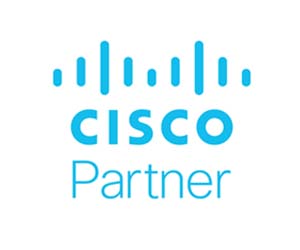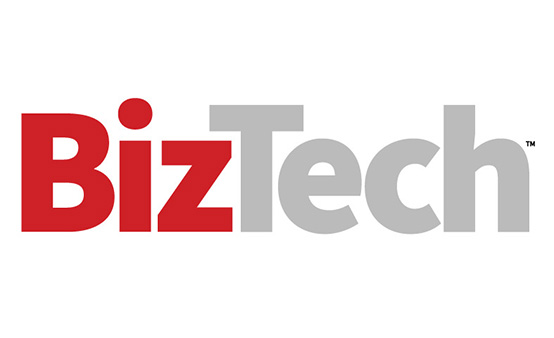As artificial intelligence becomes embedded in enterprise operations, 97% of IT leaders agree that modernized network architecture is essential to support these intelligent technologies. To prepare, 91% plan to boost network investments.
But investment alone isn’t enough. Enterprises need networks that can scale seamlessly, minimize downtime and quickly pinpoint root causes.
To help companies make the most of AI, Cisco has created the Deep Network model, purpose-built for data-heavy workloads and infused with AgenticOps so organizations can optimize performance and work twice as fast.
EXPLORE: A few solutions from CDW and Cisco that can bolster your networking strategy.
How Cisco’s Deep Network Model Works
The Deep Network model is trained on 40 million tokens and more than 3,000 reasoning traces from Cisco experts. It can quickly identify and resolve network issues and is 20% more accurate with troubleshooting and configuration than a general-purpose large language model.
“Teams can use natural language queries, which removes the need to manually sift through logs,” says Dennis Mannon, solutions architect for Cisco SASE at CDW. “Instead, teams can ask things like ‘What’s causing high latency?’ and receive curated answers.”
With live telemetry, the model can also evaluate the networking environment in real time and respond. This allows IT leaders to gain rich insights at a reasonable speed, says Mannon, rather than having to interpret enormous amounts of data and trends at once.
Click the banner below to optimize your network for modern work that can happen anywhere.
Staying Ahead of Emerging Security Challenges
AI can strengthen networks by improving performance, automation and resilience, but it also introduces new security risks, such as model hallucinations, Mannon says.
AI can also change how data moves across the network. “Data is no longer travelling from the user to the app. It’s moving through AI models,” Mannon adds. “This can make east-west network traffic more burstable and introduces the need for more policy enforcement.”
Enterprises can manage traffic volatility by partnering with a trusted technology provider to establish stricter network policies, advanced network visibility and AI-ready infrastructure.
“IT leaders have to ask themselves, what’s the goal? What are the business outcomes?” Mannon says. “Each goal requires different telemetry rules, segmentation and the right observability. At CDW, we work with customers to map out this kind of customized network architecture.”
Meanwhile, Cisco is working to build security directly into the network fabric. “Right now, it’s applied at the edge, but Cisco is building telemetry into the core itself. This makes it possible to combine policy and visibility to create a smarter network,” says Mannon.
This article is brought to you by:














